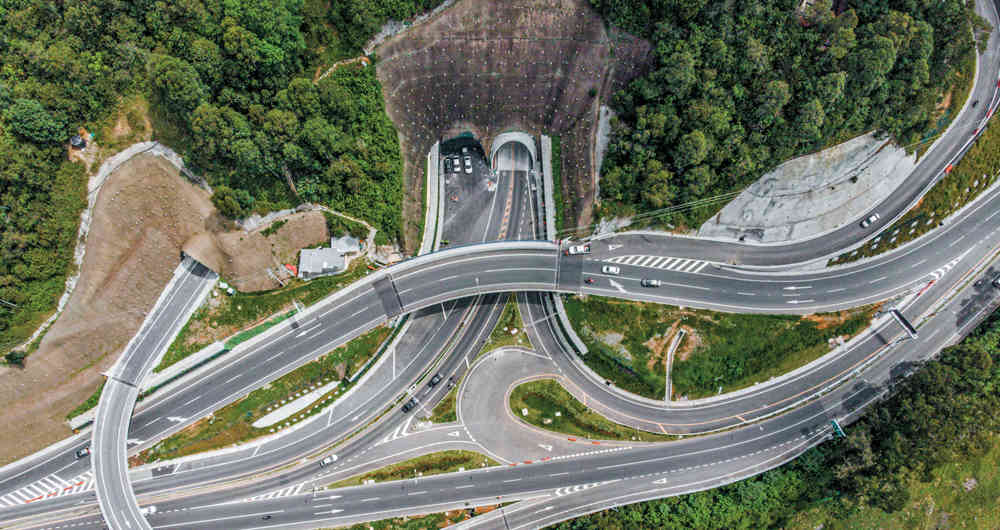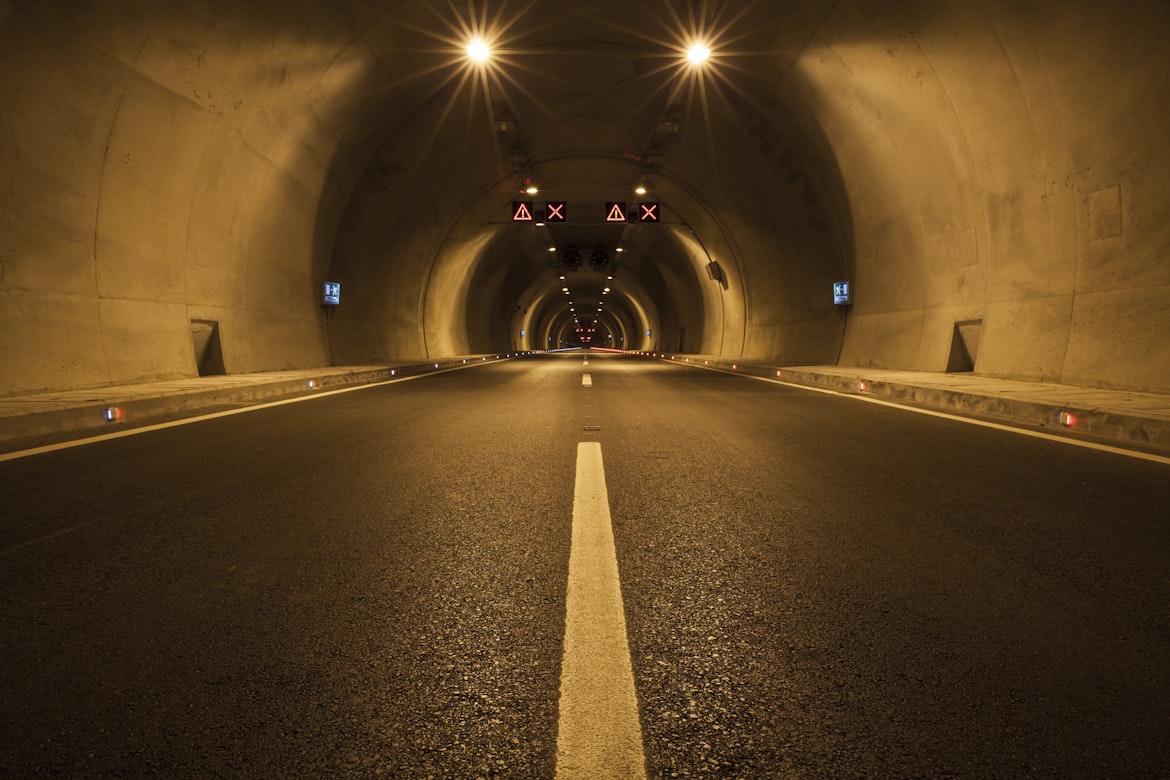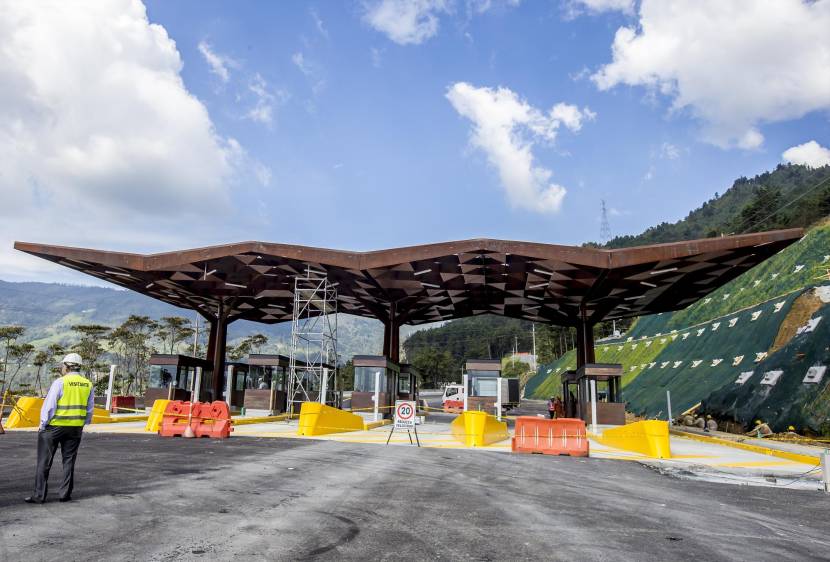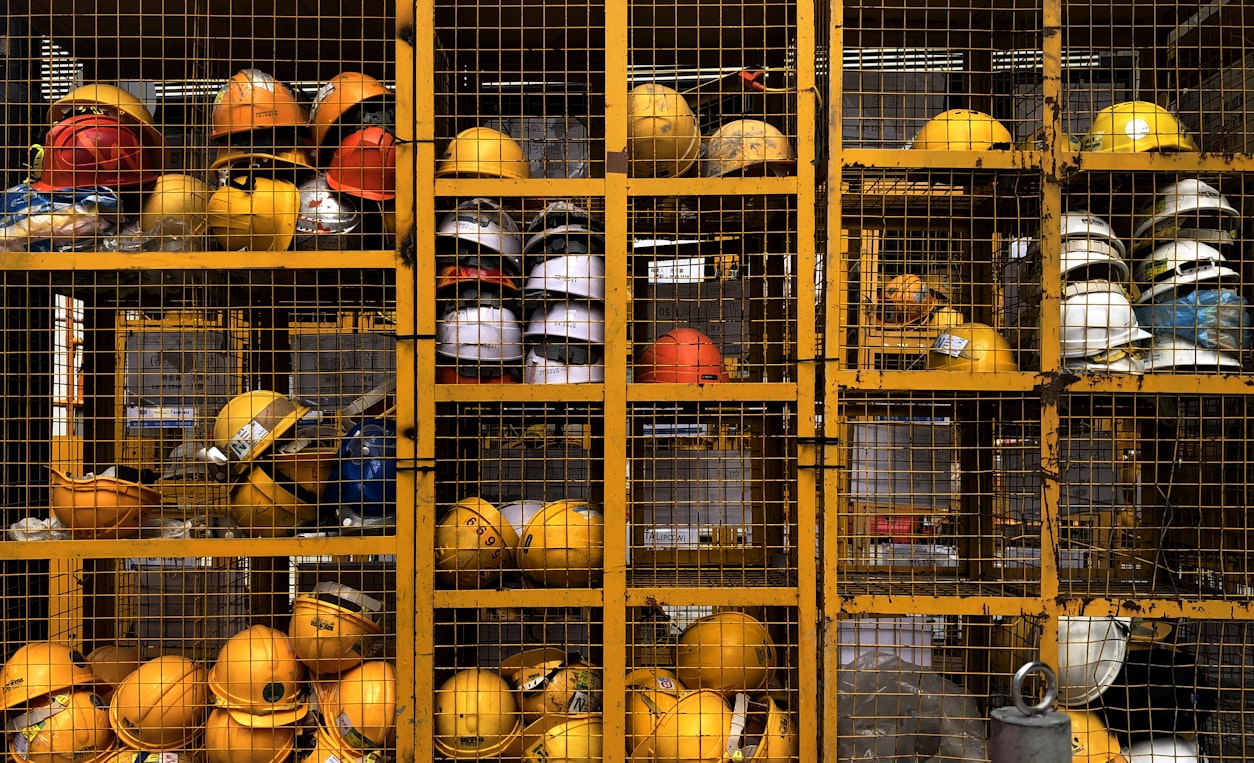Share this post:
Popular Posts
Visiting Medellin Recent Posts
Plan Your Trip Recent Posts
Living in Medellin Recent Posts
Greater Antioquia Recent Posts

TLDR? The airport tunnel allows you to go from Medellin to the international airport in approximately 30 minutes, which used to take almost an hour!
Significant advances in Medellin’s infrastructure have allowed the city to stand out and achieve beneficial changes in the different neighborhoods.
One of these mega-projects has been the airport tunnel. This recent project has benefited tourism and mobility by connecting the southern zone with eastern Antioquia.
Continue reading and find out everything about the airport tunnel, along with all the data highlighting the positive changes in Medellin!

The eastern or airport tunnel is a vehicular tunnel between Rionegro and Medellin that broadly connects the Aburra Valley with the San Nicolas Valley or Eastern Altiplano, where you’ll find nine towns of Antioquia and the Jose Maria Cordova International Airport.
This tunnel of 5 miles (8,2 km) was inaugurated about three years ago, on August 15th, 2019, after several estimated delivery dates that failed to leave the work in optimal conditions.
This closed highway is the second largest in Latin America after the La Linea Tunnel that crosses the Central Cordillera of Colombia and connects Bogota with the Pacific Coast.
In addition to the tunnel, this work also meant the construction of other small closed corridors and viaducts going from Las Palmas Avenue and reaching the Sajonia roundabout, a couple of minutes from the air terminal.
These receive traffic from Las Palmas, Santa Elena, and the airport.
The main objective of this work was to reduce the journey from Medellin to the airport from 45 minutes to 27, allowing local travelers and tourists from all over the world to have better mobility and transportation facilities in the City of Eternal Spring.
In terms of service, the eastern tunnel works 24/7. Private vehicles must pay a toll, but the rate depends on the car’s type.

The main route is the Santa Elena tunnel. But if we consider the length of the other two tunnels connecting with the airport, Seminario Tunnel is 0.47 miles, and the Santa Elena 2 Evacuation Tunnel is 5 miles.
The open-air spaces consist of nine viaducts totaling 1 mile and roads that add up to 2.8 miles.
The Tunel Aburra Oriente road connection has a total of 9.27 miles.
Being curved, Las Palmas Avenue used to present many road incidents. With this work, the accident rate in the area was reduced by 46%.
Thanks to the shortening of distance and the reduction of slopes from 7.5% to 2.2%, which allowed savings in fuel, lubricants, and tires, the road’s operating costs were also reduced by 48%.
And as no less important, it’s worth mentioning that the reduction guarantees to spend 55% less time on the road than traditional routes. You can get to the San Nicolas Valley and its surroundings in almost 20 minutes.

Although this work lasted four years and has already been in operation for three years, the plans started over 20 years ago. Here’s a timeline of this innovative project.

As a whole work that operates at the height of mobility in Medellin, this tunnel offers different support services to drivers, such as:
The project also broke the stigma that you can’t use the radio in tunnels since you can get ten FM frequencies. Some of these are:
While you enjoy these local stations, you’ll also listen to educational and informative messages about the operation of the tunnel.

For the optimal operation and maintenance of the tunnel, as well as for road safety, the following means of transport are prohibited:

Each of the two tolls of the Eastern tunnel has attention points where you can pay with different means of payment.
The availability of payment points depends on the flow of traffic in Medellin. It can change during the holiday season.
If you don’t want to worry about having cash or digging coins in your pockets while traveling on the highways of Medellin, you can purchase the electronic payment for the tolls.
A small electronic device is attached to the inside of your vehicle’s windshield. The toll value is automatically debited according to your chosen payment method.
Some electronic payment companies in Colombia are Flypass, GoPass, and FacilPass.

The main objective of the construction of the tunnel indeed was to connect the city of Medellin with the Rionegro airport in 18 minutes, 60% less time than by the old road.
But another side benefit of this project was to take care of nature and avoid the mortality of native fauna and flora of Medellin. It excavated 57 feet (17,376m) of tunnels in four years.
That means 1338 square feet of taludes (sloping terrain) protected by concrete, anchors, and hydroseeding drains friendly to the environment.
From the beginning of the construction project, the tunnel bordered the surrounding nature, always taking care of the aquifer and mountain heritage.
In the case of protecting water sources, the tunnel construction used innovative pre-injection techniques of 9426913.42008 pounds (4,275,976 kg) of micro-cement, preventing the infiltration of polluting materials.
It built a water treatment infrastructure to ensure the responsible treatment of the surrounding water sources used throughout this process.
In addition, to balance the environmental impact of the Eastern tunnel construction, the project planted 33,000 native Antioquian trees on 133 acres (53.74 hectares) of land. The benefited places were Guarne, Carmen de Viboral, Rionegro, and Santa Helena.
Now you can enjoy a more efficient and quiet trip to the airport knowing that the tunnel has a green side and cares about nature and animals!

Safety is one of the people’s concerns when crossing the tunnel. But there’s nothing to worry about: the tunnel has a modern 24/7 monitored system that controls traffic and monitors tolls.
You’ll meet about 196 television cameras throughout the entire route. Inside the main tunnel, there are about 92 cameras monitored from an operations control center.

The entrance to the eastern tunnel from Medellin is between the Asomadera II and Asomadera III neighborhoods.
All you have to do is drive down Las Palmas avenue to get there, relax and enjoy the natural landscapes that mean you’re leaving the city.
First, you’ll find the Seminario tunnel, which borders commune 16, also called Buenos Aires – specifically, the small neighborhood Caunces de Oriente.
Before reaching the Seminario toll, you can enjoy the pleasant views and greenery lush of the mountains of Medellin. You’ll also find three small bridges:
After passing through the toll, you find other small bridges:
Then, you’ll reach the longest stretch of the tunnel, the Saint Helena tunnel, which saves you from going through curved and tricky roads.
When you leave this network of tunnels, you’ll find the East Sajonia toll.
You’ll only have to pay one toll depending on whether your destination is the airport or Medellin. Just present the payment receipt and move on.
From the toll to the Jose Maria Cordova International Airport only takes 10 minutes.
Location: Medellin, Antioquia, Colombia

All the tunnel infrastructure is regularly maintained. Emergency response equipment, structural arrangements, and monitoring systems are reviewed to strengthen tunnel security.
Usually, these maintenance closures are made at night to have minimal effects on the user’s mobility. To know the dates and times of these maintenance closures, check the Eastern tunnel website from time to time.

Here are some recommendations to guarantee the safety of all the tunnel users:

At each end of the tunnel, you’ll find a mural of graphic urban art honoring the Antioquian culture and biodiversity.
Entering Medellin, you’ll find Conexiones al Futuro, representing women as a symbol of strength and hope for a new future. It’s also about the link between a prosperous life and the ferocity of an increasingly growing territory.
At the Rionegro entry, you’ll find Herencia, depicting the child as a symbol of traditions, grandparents as guardians of ancestral knowledge, and flowers and birds as a symbol of the exuberant wealth that undoubtedly makes the region stand out.
This work, which is relatively recent in the City of Eternal Spring and was built quickly, has achieved notable improvements in the city and mobility for paisas and tourists, also allowing a safe and fast arrival of 30 minutes, which used to be almost an hour.
If you visit Medellin, choose this route to go down to the town center, and admire this engineering mega-work of the Antioquians!
If you like this blog, you might like the Casacol Instagram page to keep up with all the new articles. Anything we need to update or correct? Care to contribute? Email us at blog@casacol.co